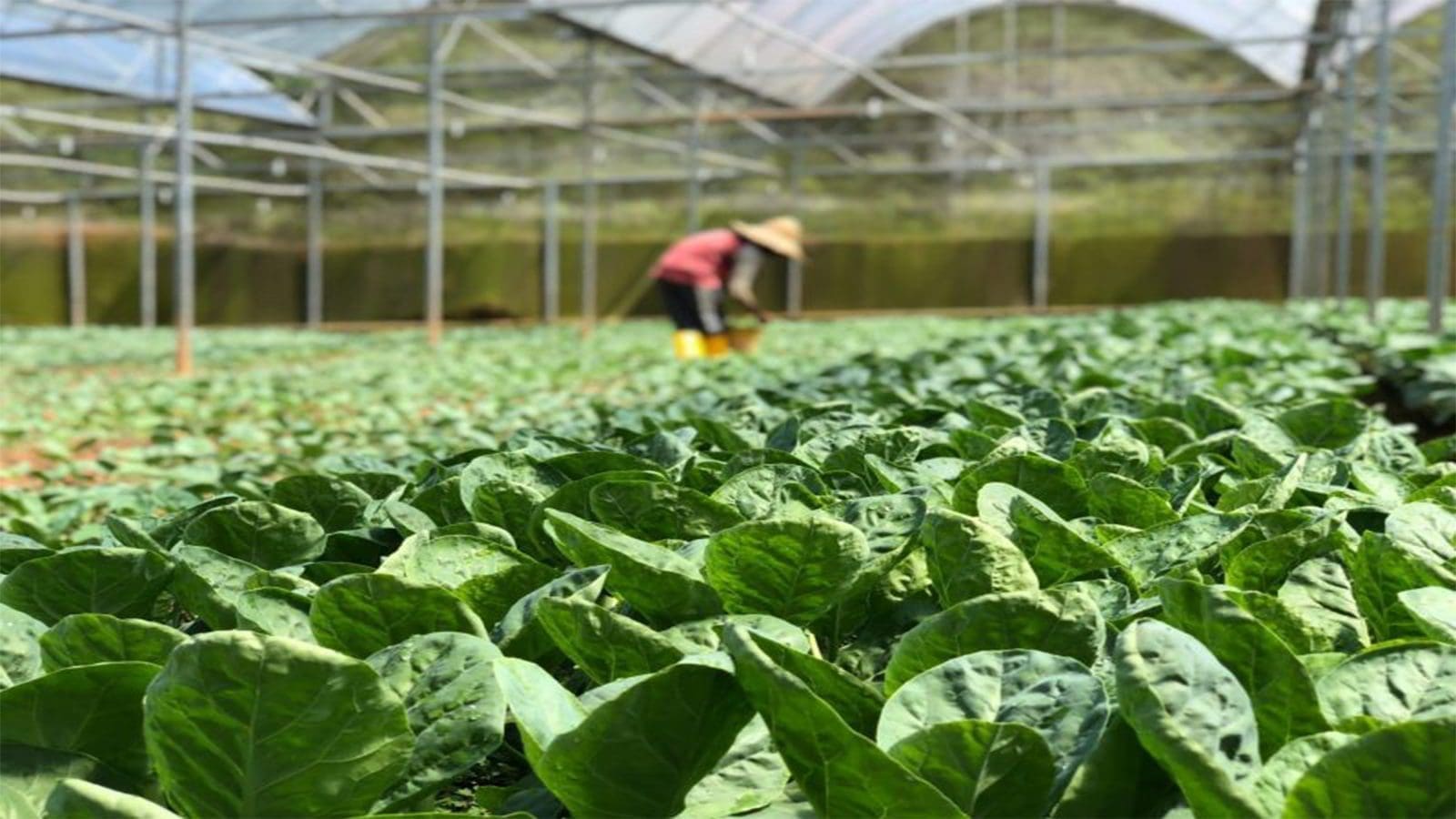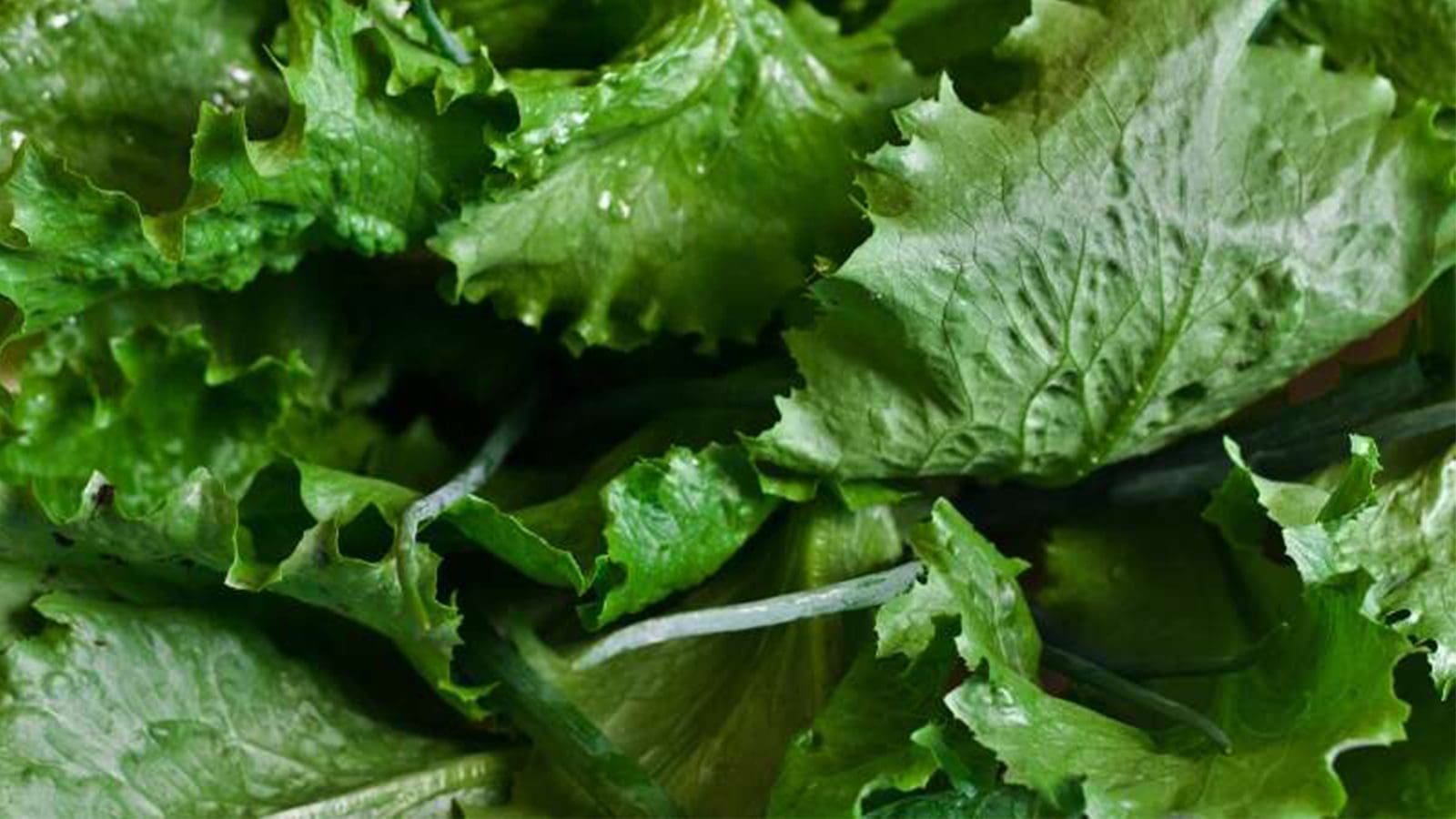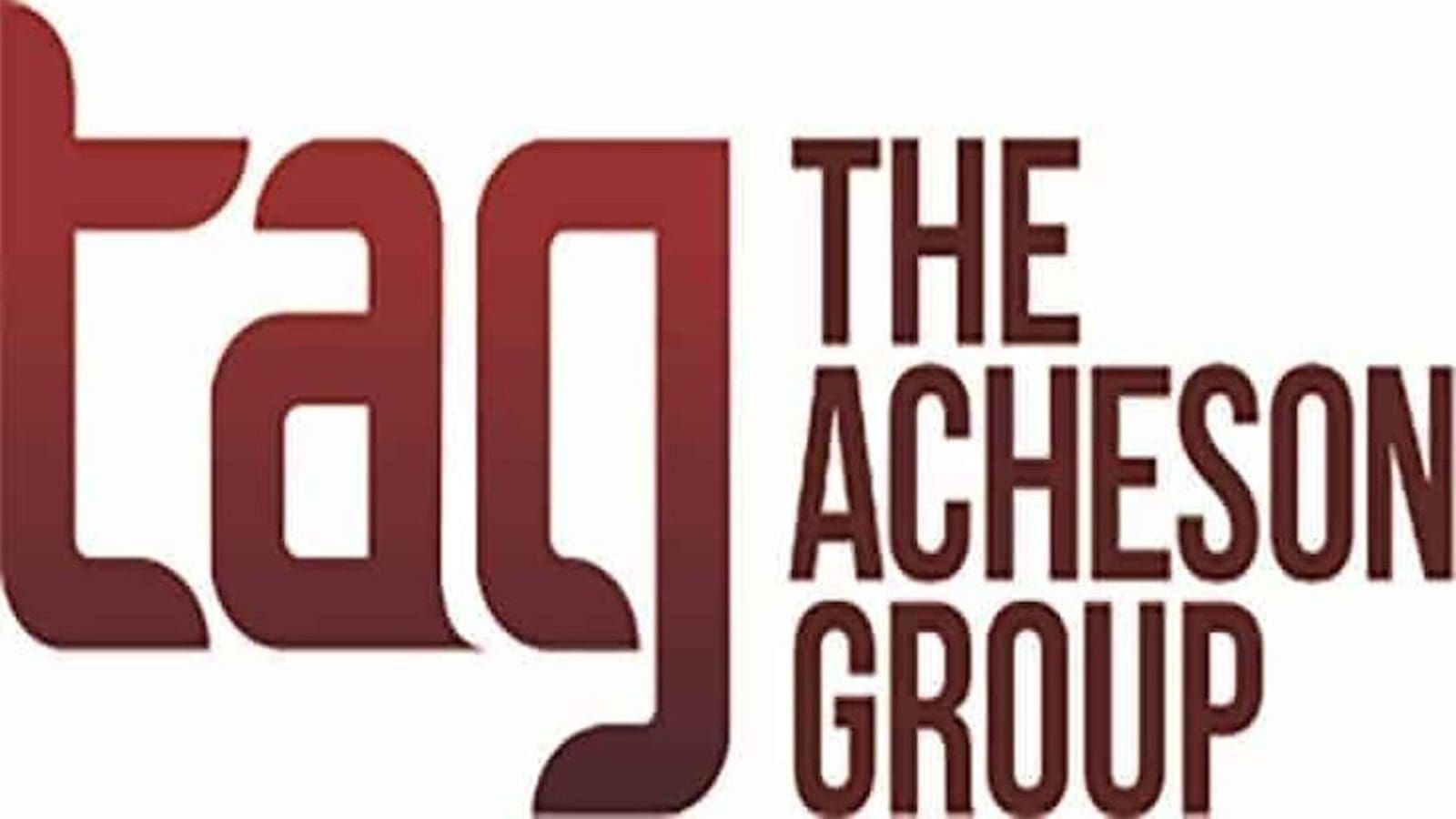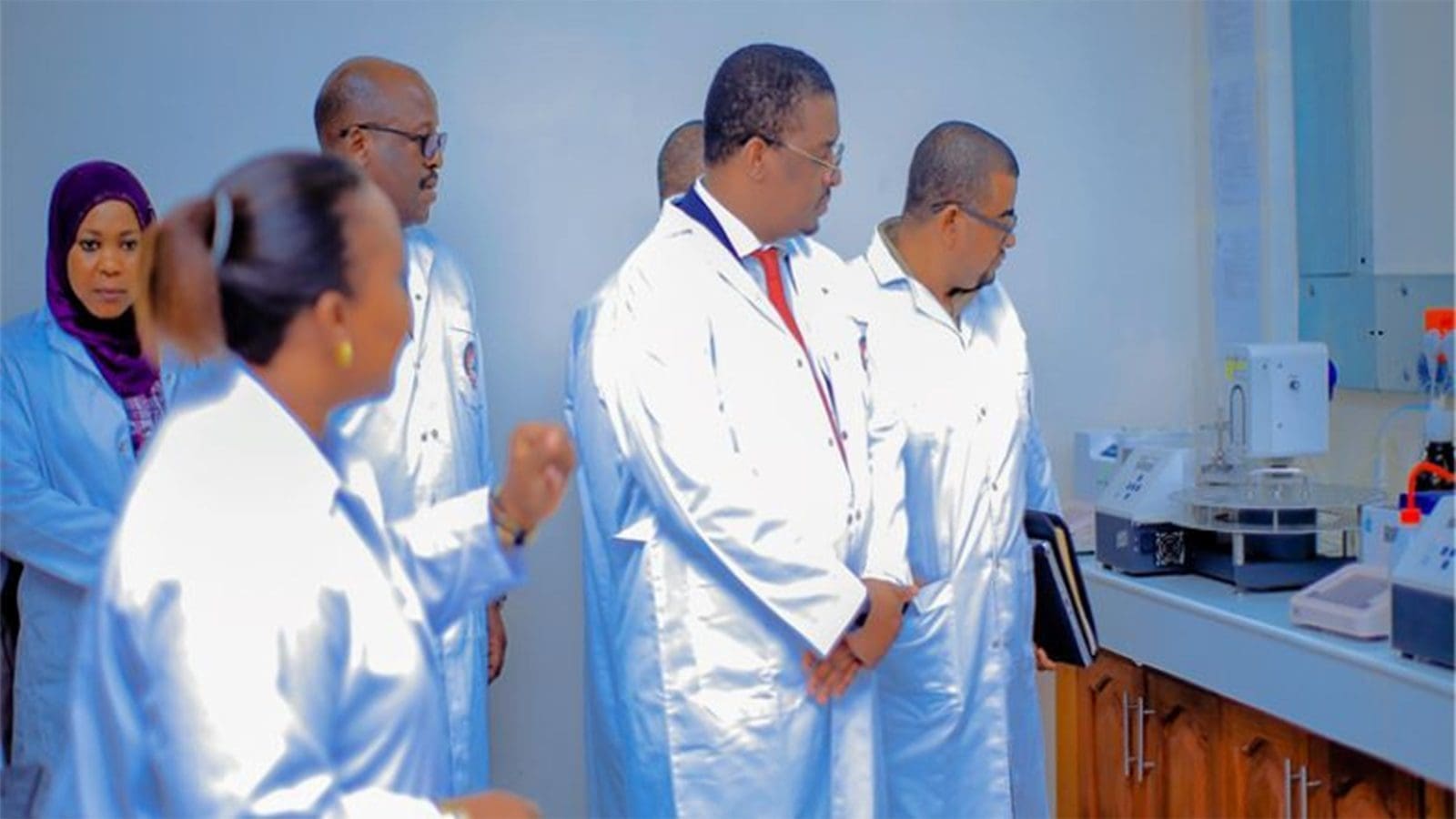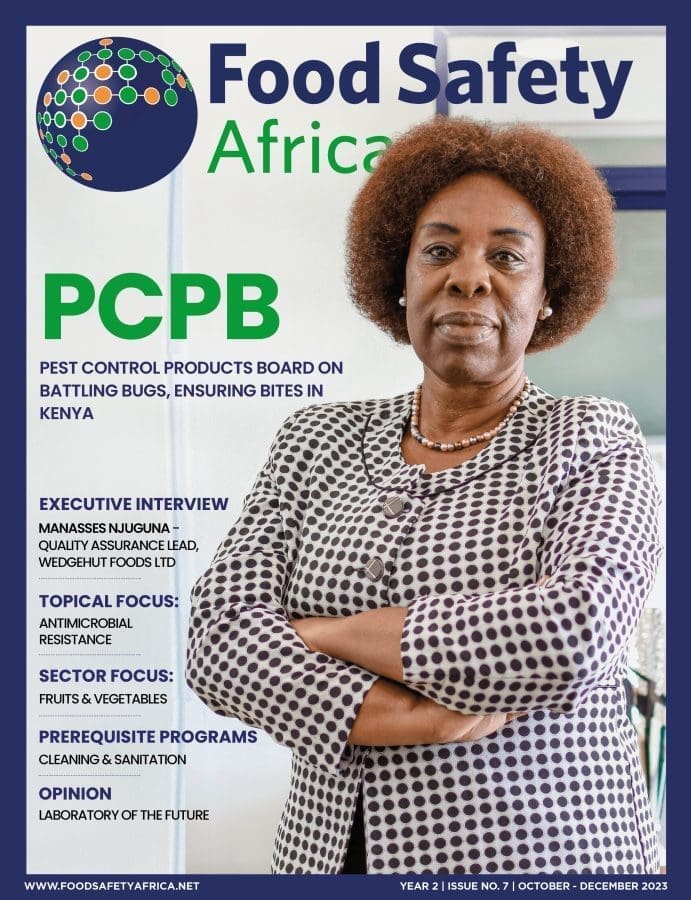VIETNAM – As part of the project “Smart Farming for Future Generation”, funded by the Republic of Korea, the Food and Agriculture Organization (FAO) is providing support to bolster food safety in greenhouses operations in Viet Nam.
The growing interest in healthy diets has led to demand for the year-round availability of fresh fruits and vegetables and the need for all actors in the food supply continuum, including in greenhouses, to be aware of the vulnerability of fresh produce to various food safety hazards (biological, chemical and physical).
To evaluate the activities along the greenhouse value chain, FAO Food Safety Officer Eleonora Dupouy recently undertook a technical backstopping visit to Moc Chau.
She specifically suggested methods appropriate for each site to enhance the handling practices at the chosen small-scale businesses taking part in the pilot project from the perspective of hygiene practices.
Good hygiene practices are necessary to prevent the production and placement on the market of contaminated products that can cause foodborne illness to consumers and economic losses to producers.
“Safe food starts with the quality and safety of inputs (seeds, water, fertilizers, and agrochemicals) used in the field. Good hygiene practices are an essential part of good agricultural practices,” Dupouy said.
The procedures and approach for the development of a national guide on appropriate hygiene standards in greenhouses were explored during technical consultation sessions with the Fruits and Vegetables Research Institute (FAVRI) in Hanoi.
To assist prevent produce contamination and manage the pertinent food safety risks on farms, food hygiene is essential for smallholder value chains.
A manual of good hygiene practices will act as a scaleable tool to share knowledge, support greenhouse agrifood businesses, disseminate project results, and increase adherence to food hygiene laws in greenhouses across the nation, according to Dupouy, given that the majority of leafy vegetables and other fresh produce in Viet Nam are produced by smallholders.
The elaboration of the GHP guide for greenhouses in Viet Nam will build on the Codex Alimentarius Code of Hygiene Practice for Fresh Fruits and Vegetables and General Principles for Food Hygiene.
For all the latest food safety news from Africa and the World, subscribe to our NEWSLETTER, follow us on Twitter and LinkedIn, like us on Facebook and subscribe to our YouTube channel.


